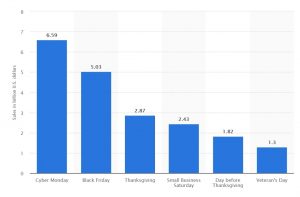A majority of B2B companies aren’t confident in the quality of the data they need to drive an ABM program.

In recent years, account-based marketing (ABM) has been touted as an effective B2B strategy. According to the Information Technology Services Marketing Association, 69 percent of organizations that implement ABM see improved annual revenue per account.
But despite its promise, less than half (38 percent) of the 250 U.S. businesses surveyed for Dun & Bradstreet’s Sixth Annual B2B Marketing Data Report say that ABM is part of its go-to-market strategy.
The survey found that only 6 percent of companies planned to implement an ABM strategy within the next six months, 12 percent within the next 12 months, and 41 percent were not sure. That leaves almost half (41 percent) with no plans to implement ABM at all.
The reason for the lack of enthusiasm for the tactic? According to the report, poor data quality:
The reality is that a lot of organizations are still behind on this evolution in marketing. This is partly because a move to ABM is rooted in more than a change in technology. First, it requires quality data — specifically strong firmographic and demographic data — to identify key accounts and targets, reach them across a variety of channels, and deliver relevant content that accelerates their buyers journey.
… ABM is not easy. Targeting specific accounts and decision-makers requires a coordinated, synchronized effort across multiple channels. It requires the right data and measurement systems — and alignment at the executive level between sales and marketing. An overwhelming number of B2B organizations clearly recognize this and are therefore somewhat cautious in their adoption of this strategy.
(It should be noted that Dun & Bradstreet provides many of those services.)
A whopping 88 percent said they believe that data quality is important in executing an ABM strategy. Yet, half of the respondents (50 percent) say they aren’t confident of their data quality. And, when asked what tactics are important in driving ABM success, technology came up dead last at just 18 percent.
Still, despite a lack of confidence, marketers are still using their data for segmenting audiences. Sixty-two percent expressed confidence in their ability to create a list for a campaign that accurately reflects their target audience, and half said they are confident in their ability to segment that list.
Marketing Land – Internet Marketing News, Strategies & Tips
(75)
Report Post






